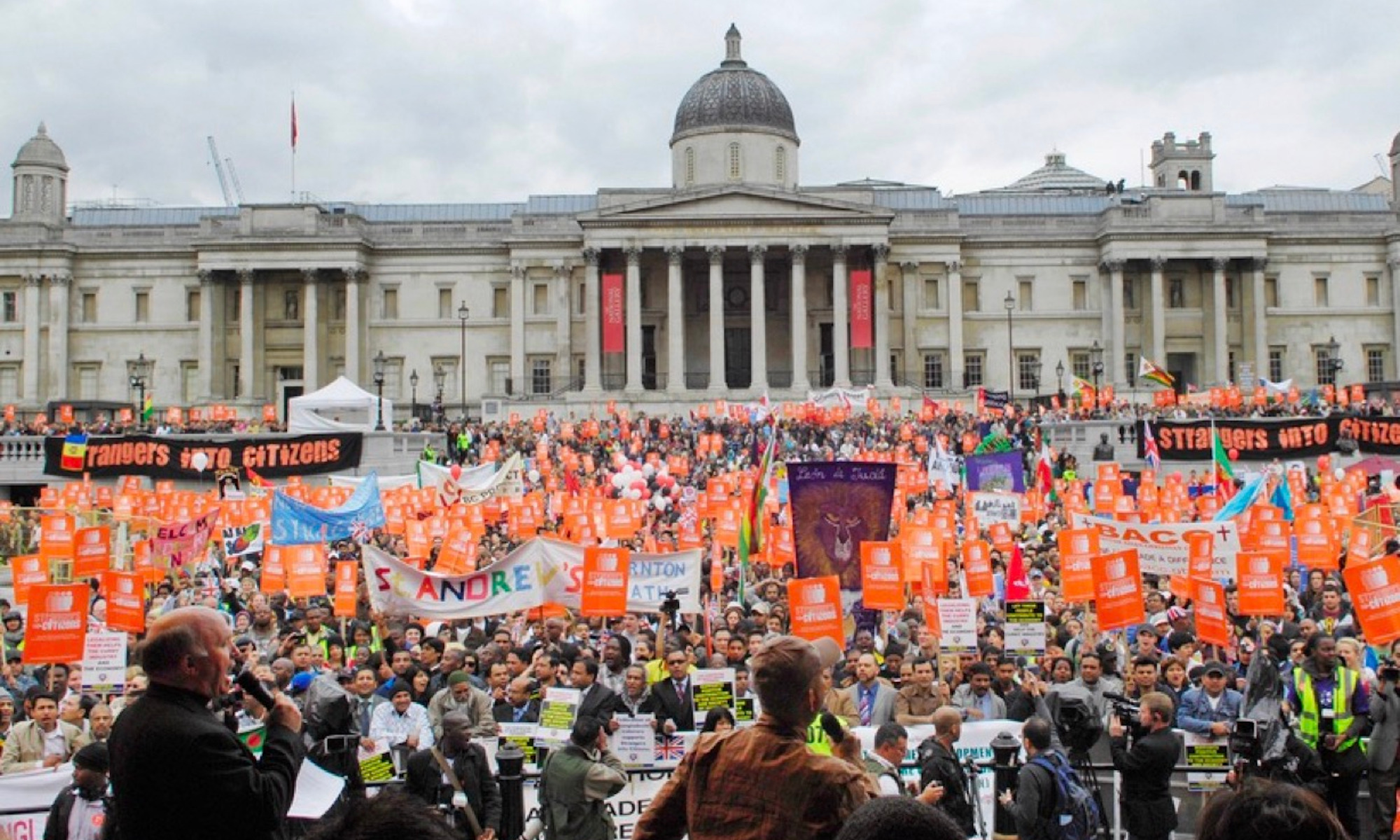The area around Bridewell brings together people from all walks of life as one might expect from a place with a garden, two prisons, multiple churches, countless wharves, and a royal history. In addition, the small houses cramped together in the spaces left in between the various institutions suggests that the area was probably relatively densely populated. This makes sense as everyone might have a different reason for living there.

Someone could be in Fleet Prison because they are in debt; another might be working at the prison. The drawing of the inside of a whistling shop from Egan’s Life in London shows the range of people who are living here. Within the same room, there is a man in tattered clothes warming himself by the fire, a woman with children, some card players, and almost everyone is drinking. The clothes of the people—especially the colours and cuts of their clothing, and the types of hats they are wearing—implies that most of these people are not from the same socioeconomic class; however, it is also clear that no one is from the upper-upper class, and there are very few from the lower-upper class, if indeed there are any. How much would things have changed in, say, fifteen years from the time this drawing was made in 1821?

Charles Dickens could help us see that the answer is not that much. In his earliest novel, The Pickwick Papers, Mr. Pickwick ends up in Fleet Prison, and Dickens’s description wouldn’t appear strange to someone familiar with the prison from Horwood’s Plan.
Charlotte Brontë references another prison in this area during a game of charades in Jane Eyre: Bridewell. This prison starts off as a Tudor palace and is later converted into a hospital and prison during the reign of Edward VI. While the purpose of this building has changed over time, the various structures surrounding Bridewell are a reminder of its history through names like King Edward Street, St. Bride’s Church Yard, St. Bride’s Wharf, Crown Court, Tudor Street, Bride Lane, Bride Court…

Bridewell during the late 18th and early 19th century has significantly changed since its days as a royal palace. The Pass-Room from Ackermann’s Microcosm of London shows a Bridewell where women are sleeping on hay because there are not enough beds. It is probable that some of these women are single mothers since there are children in the middle of the drawing.
In addition to the prisons and people who live in the area because they are in some way connected to the prison system, another demographic to keep in mind is children working to survive. We see Blackfriars Bridge as a spot where crossing sweepers work in Modern London. This suggests there are also middle class people who are coming in and out of this part of the City of London since someone must be paying for this service provided by children. Bridewell and its surroundings is a point of entry into the district, and therefore it makes sense that the place be populous and host people from different socioeconomic backgrounds.












